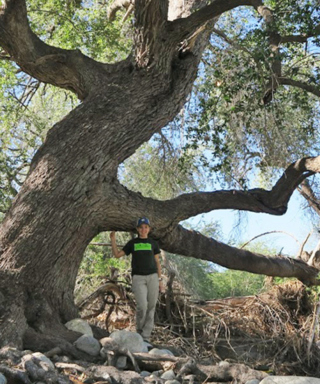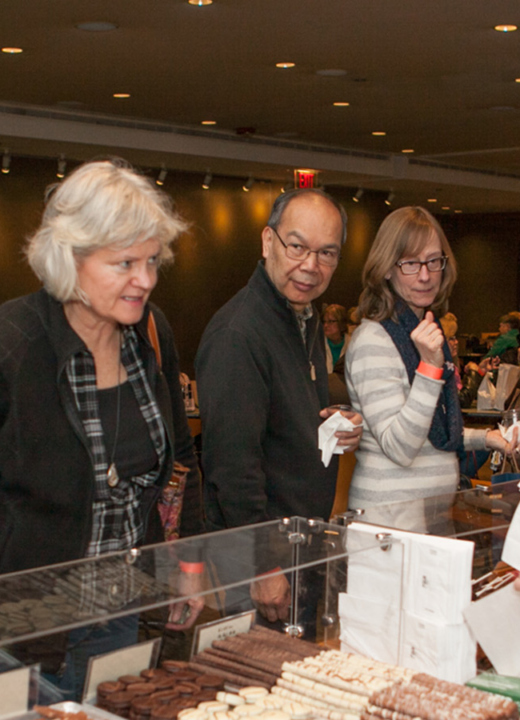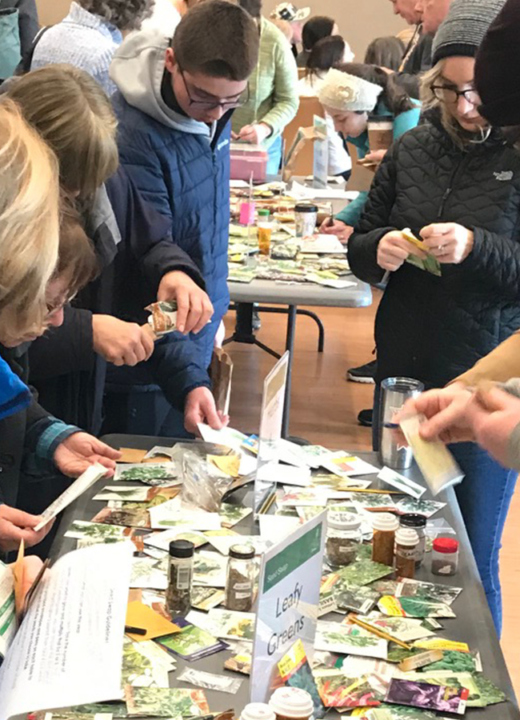Resources for Oaks
Partners of the Arboretum’s Chicago Region Trees Initiative produce and share toolkits, resources, and management plans to help arborists and residents plant and care for oak trees.
Basic Growing Requirements for Your Oak Trees
The Land Conservancy of McHenry County provides advice for homeowners on growing and caring for oak trees.
Best Management Practices: Oak Ecosystem Restoration, Regeneration, and Maintenance
This guide from CRTI’s Oak Ecosystem Recovery Project was developed to assist private landowners to preserve and manage native oak woodlands, conserve wildlife habitats, and protect the plants and wildlife unique to oak ecosystems.
Common Oaks of the Chicago Region
The Field Museum’s field guide can help you identify the leaves of the Chicago region’s oaks.
How to Grow an Oak Tree from an Acorn
Riverwoods Preservation Council shows how growing your own oak trees from acorns can be an easy and effective way to produce strong, healthy specimens to add back into your garden. It also provides children with a great opportunity to learn about a tree’s life cycle and the role that they can play in enabling this natural cycle. This activity is great to begin in the early fall.
Natural Areas Conservation Training (N-ACT) Program
The Morton Arboretum’s in-depth training and certification program in natural areas restoration gives participants knowledge and practical experience necessary to care for natural woodlands, prairies, wetlands, and other habitats of the Chicago region.
Oak Ecosystem Recovery Plan
The Chicago Wilderness Alliance is leading a coordinated recovery effort to preserve, restore, and expand oak ecosystems across the region. The Oak Ecosystem Recovery Plan outlines regional goals to preserve, restore, and expand oak ecosystems across the region.
Oak Keeper Project
The Land Conservancy of McHenry County’s Oak Keeper Project addresses the majority of the county’s remaining oaks, which are on private land, by training volunteers to maintain and educate landowners to plant and protect oak trees.
Oaks Need Your Help!
This brochure from the Arboretum’s Chicago Region Trees Initiative shares ways that homeowners, landowners, and individuals can create a better future for oak trees.
Oak Trees of Riverwoods
This informational webpage from the Riverwoods Preservation Council) provides details on the species commonly found in the Chicago region.
Plant Clinic
The Morton Arboretum’s Plant Clinic is a leading source of science-based advice about trees, plants, and landscapes. Visits, phone calls, and emails are welcome.
Project Quercus
The Land Conservancy of McHenry County founded Project Quercus to explore options to protect, preserve, and regenerate the oak woodlands. The project is a diverse coalition that brings together public, private, government, corporate, and nonprofit interests, working collaboratively to create solutions to the problem of oak woodland loss.


































































































